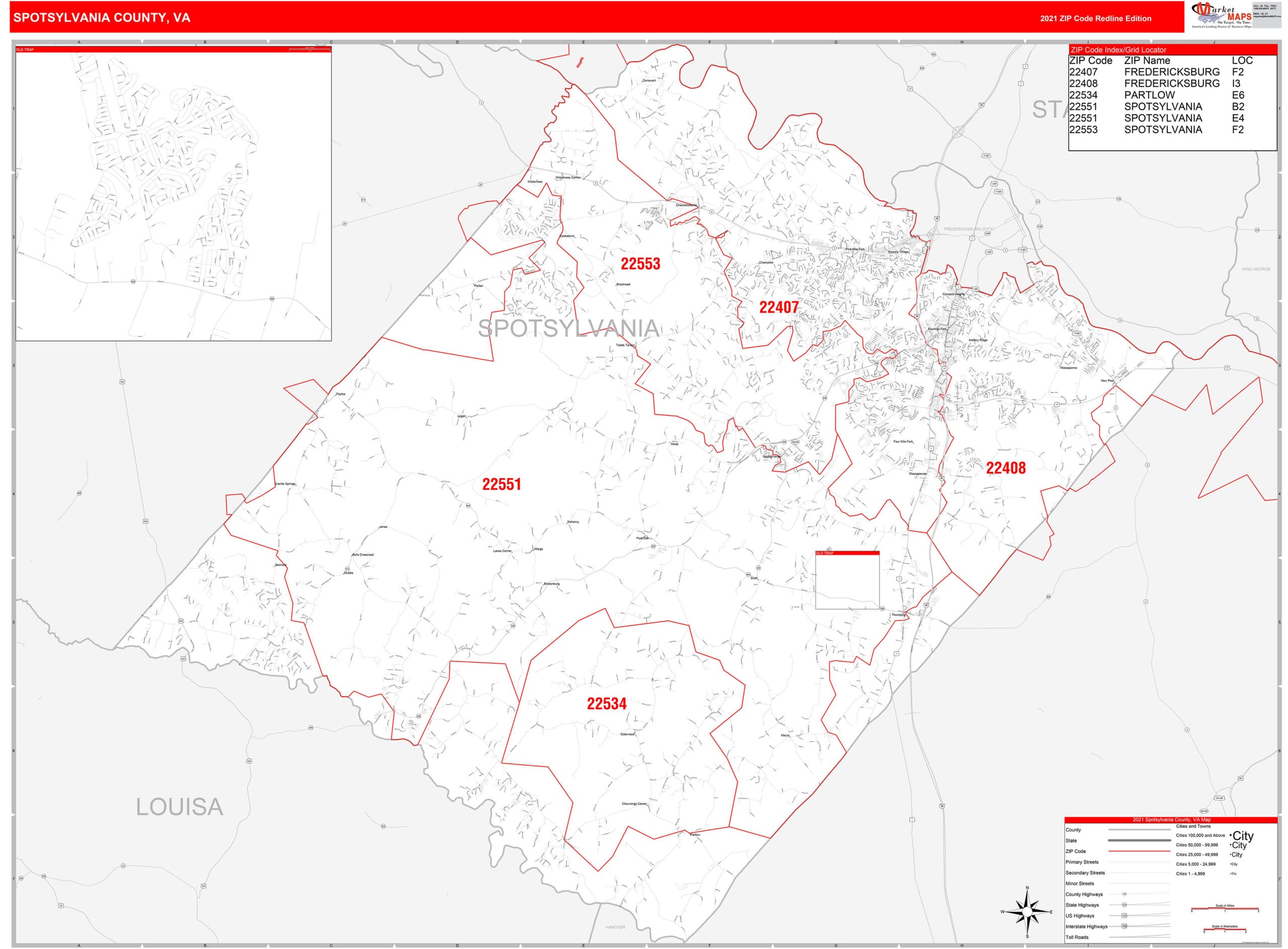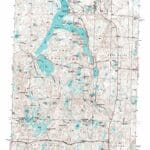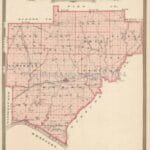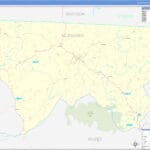Want to explore the geography and data of Spotsylvania County? The Spotsylvania County Geographic Information System (GIS) is your gateway. This comprehensive guide explains what the GIS is, how to use it, and its diverse applications.
Discovering Spotsylvania’s GIS
The Spotsylvania County GIS is a powerful tool providing access to a wealth of location-based data. It’s more than just maps; it’s a dynamic system integrating various data layers, offering valuable insights for residents, businesses, researchers, and anyone curious about the county.
What is the Spotsylvania County GIS?
Imagine a digital library of geographic information. That’s the Spotsylvania County GIS. It combines maps with data linked to specific locations, including property lines, zoning, environmental features, utilities, and demographics. This integrated approach allows you to analyze the relationships between different factors. For example, you could examine how zoning impacts development near environmentally sensitive areas.
Accessing and Using the GIS
The primary access point is Web LoGIStics at gis.spotsylvania.va.us. This user-friendly platform provides interactive maps, allowing you to:
- Search: Find specific addresses, street names, or parcel numbers.
- Explore: Zoom, pan, and click on features for detailed information.
- Customize: Toggle layers to focus on specific data, like property lines or zoning districts.
- Analyze: Answer questions such as flood zone designations or environmental restrictions.
For a step-by-step guide, see our detailed instructions below.
Is GIS the Same as Google Maps?
While related, GIS and Google Maps are distinct. Google Maps is a user-friendly navigation tool, while GIS is a powerful engine for creating, analyzing, and managing geospatial data. Think of Google Maps as a streamlined car, and GIS as the complex engine powering it. Google Maps often uses data created by GIS, but it doesn’t offer the same depth of analysis and manipulation. Spotsylvania County cleverly uses Google Maps for accessible public imagery, while their internal operations leverage the robust Web LoGIStics GIS platform.
Delving Deeper into GIS Capabilities
Here’s what sets GIS apart from Google Maps:
- Data Creation and Editing: GIS allows for extensive data creation and editing, while Google Maps relies mainly on user-generated contributions.
- Complex Spatial Analysis: GIS offers advanced tools for spatial analysis, like overlaying datasets, creating buffers, and performing network analysis. Google Maps offers basic measurements and routing.
- Large Dataset Management: GIS systems efficiently manage massive spatial datasets, a feature Google Maps lacks.
- Customization: GIS is highly customizable for specific needs, far beyond Google Maps’ moderate customization.
| Feature | GIS | Google Maps |
|---|---|---|
| Data Creation | Extensive Capabilities | Limited, User-Generated Contributions |
| Spatial Analysis | Advanced Tools and Modeling | Basic Measurements and Routing |
| Data Management | Robust Database Functionality | Limited |
| Customization | Highly Customizable | Moderately Customizable |
| Primary Purpose | Analysis, Management, and Planning | Visualization and Navigation |
Explore the geographical data of other regions with the Shenandoah County VA GIS and Starke County GIS systems.
How Many Operating Landfills Does Spotsylvania County Have?
Spotsylvania County operates one landfill: the Livingston Landfill at 6241 Massey Road, Spotsylvania, VA 22553. It handles residential and commercial waste. Always check the official county website for the latest operating hours, which may vary seasonally.
Convenience Centers and Waste Disposal Options
Supplementing the Livingston Landfill, Spotsylvania County has 13 convenience centers for residents to dispose of household trash and recyclables. Note: these centers do not accept commercial waste. Since the county doesn’t offer curbside pickup, residents can choose between the landfill, convenience centers, or private hauling services.
Weather Delays and Closures
Both the landfill and convenience centers may experience closures due to inclement weather, often aligning with County Government Office closures. Check the county website or call their information line for updates before traveling during severe weather. Spotsylvania County is likely exploring future waste management strategies, potentially impacting current procedures, so staying up-to-date on the official website is important.
Creating GIS Maps: A Step-by-Step Guide
GIS mapping transforms location-based data into visual layers, revealing hidden patterns and relationships. This guide walks you through the process.
Different Types of GIS Maps
GIS maps come in various forms:
- Topographic Maps: Represent terrain and elevation.
- Thematic Maps: Focus on specific themes or topics.
- Choropleth Maps: Use color-coding to represent data values.
- Heatmaps: Visualize concentrations of activity.
Building Your Own GIS Map
- Gather Data: Source reliable data from satellites, GPS, surveys, or open datasets. Data quality is paramount.
- Prepare Data: Clean, transform, and georeference your data, linking it to map locations.
- Choose Software: Select suitable GIS software (e.g., ArcGIS, QGIS, MapInfo) based on your needs and budget. QGIS is a powerful, free, and open-source option.
- Apply Mapping Techniques: Utilize symbols, labels, and layout design to create visually appealing maps.
- Perform Spatial Analysis: Uncover hidden relationships through overlay analysis, proximity analysis, and network analysis.
- Visualize and Interpret Results: Create clear and informative maps with appropriate color schemes, legends, and scale.
GIS Mapping Applications
GIS mapping has vast applications across diverse fields:
- Urban Planning: Designing efficient cities and managing infrastructure.
- Environmental Management: Tracking pollution and monitoring resources.
- Business: Market research and site selection.
- Public Health: Mapping disease outbreaks and tracking healthcare access.
- Emergency Response: Coordinating efforts and managing resources during emergencies.
The Future of GIS Mapping
The field of GIS is constantly evolving, with emerging trends like web-based GIS, mobile GIS, 3D mapping, and AI integration shaping its future. These advancements suggest increasing accessibility and analytical power for years to come.
- Unlock Elemental 2 Secrets: Actionable Insights Now - April 2, 2025
- Lot’s Wife’s Name: Unveiling the Mystery of Sodom’s Fall - April 2, 2025
- Photocell Sensors: A Complete Guide for Selection and Implementation - April 2, 2025

















2 thoughts on “Spotsylvania County GIS: A Comprehensive Guide to Maps, Data, and Resources”
Comments are closed.